LEGO® Education Introduces Year 1-9 Science Solution
Written by Victor Saeijs, President of LEGO® Education
At LEGO Education, we believe students should do science, not just read about it. Science teaches us to ask curious questions to understand the world around us. But many students think they’re not good at the subject or avoid it, which means we risk losing an entire generation of critical thinkers and problem-solvers at a time when we need to be asking and tackling important questions.
Questions like how do we make Earth a more sustainable planet? Or discover the next medical breakthrough? What about local issues like building communities or protecting and caring for an animal species? Scientific concepts are increasingly relevant to students for future careers, but perhaps even more importantly, they have the potential to impact their daily lives and the world around them. Finding connections from the classroom to the real world is part of the equation, but how do we make learning science accessible and meaningful for all students?
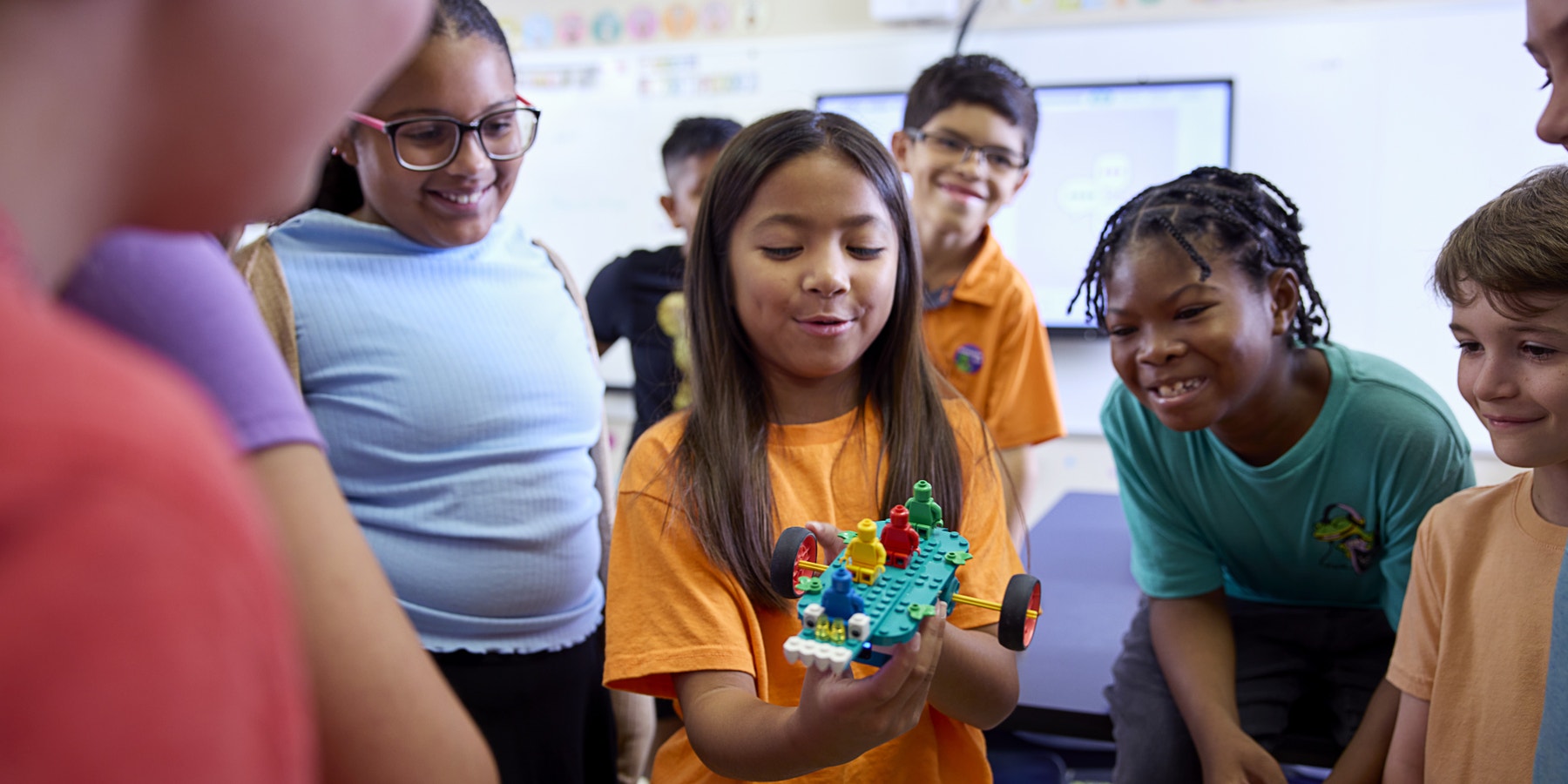
According to our recent data study, when students are actively engaged through hands-on experiences, they're better equipped to learn and build the skills they need to shape the world, achieve higher academic performance, and be happier at school and in life. However, only 52 percent of science teachers believe their students are engaged.
That’s why we’re excited to introduce LEGO® Education Science, our new Year 1-9 science solution that connects students to science concepts in a way that’s never been done before. Together, we can deliver high quality science education that is more engaging and inclusive for all students.
I spoke with Andrew Sliwinski, Head of Product Experience at LEGO® Education, to take a closer look at what it means for educators, and students.
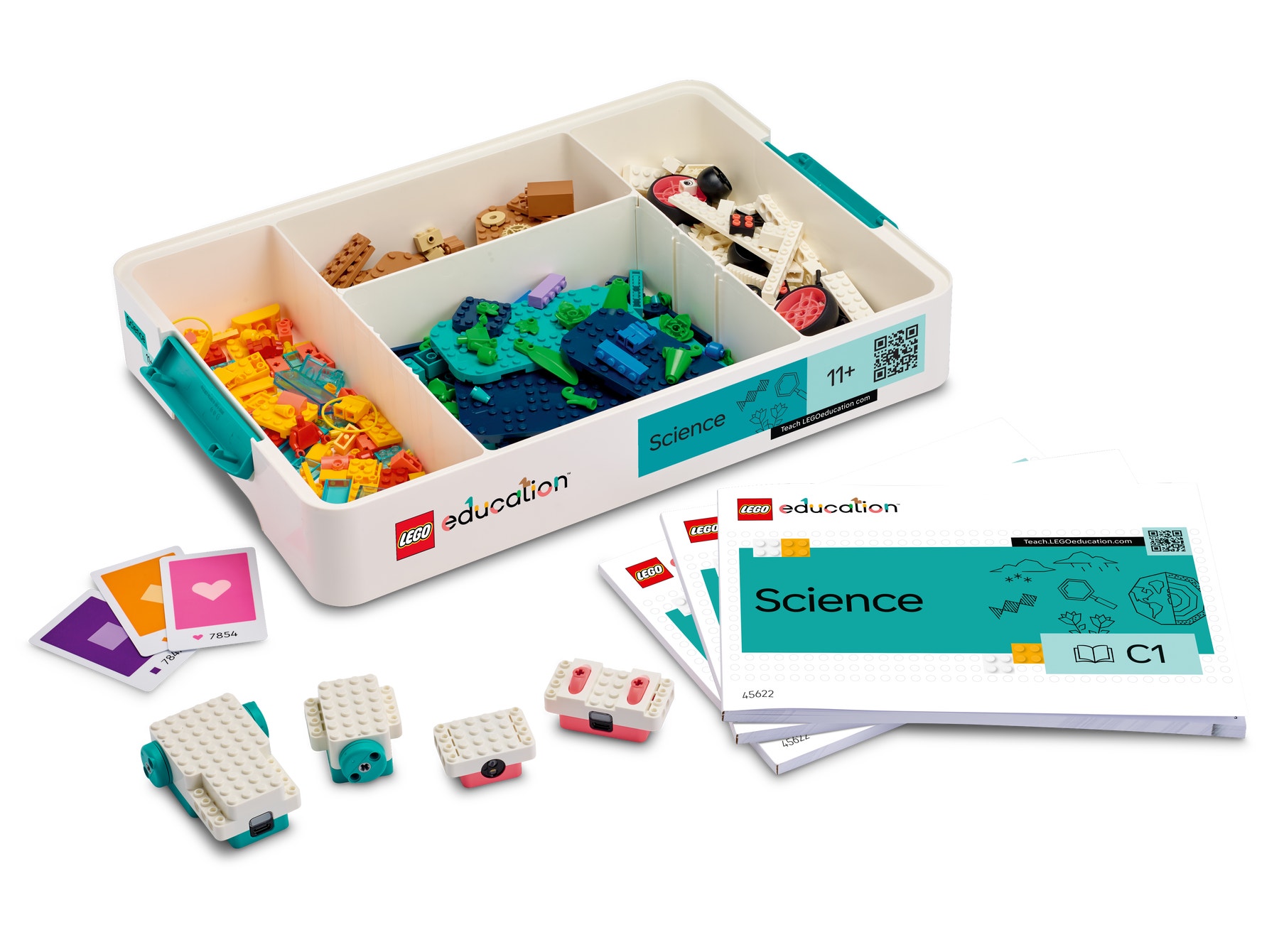

Q: First, what inspired the team to create a science learning solution?
Andrew: Science can be a challenging subject for both students and teachers, especially when educators may not have a formal background in it. According to our recent data study, 45 percent of students who listed science as one of their “least favourite” subjects described it as “too hard”, and 37 percent felt they were “bad at it.” Notably, 58 percent of these students were girls, highlighting the ongoing STEM gap.
At the same time, science is ideal for hands-on learning because it encourages asking questions, solving problems and exploring new ideas. However, the challenge has been giving teachers the tools they need to teach science effectively, efficiently, and in a way that is engaging and meaningful for students.
In my experience, an education product can only be successful if it works for both teachers and students. As we thought about what LEGO Education Science could and should look like, it was clear student engagement, collaboration and creativity were non-negotiable. Students need to learn, but they should also be so engaged in the learning they want to keep going even after the lesson is over.
Creating a solution like that takes rigour, testing, talking to students and thinking like them. At the LEGO Group we like to say children are our role models, and this mindset is essential in the design and engineering of educational tools.
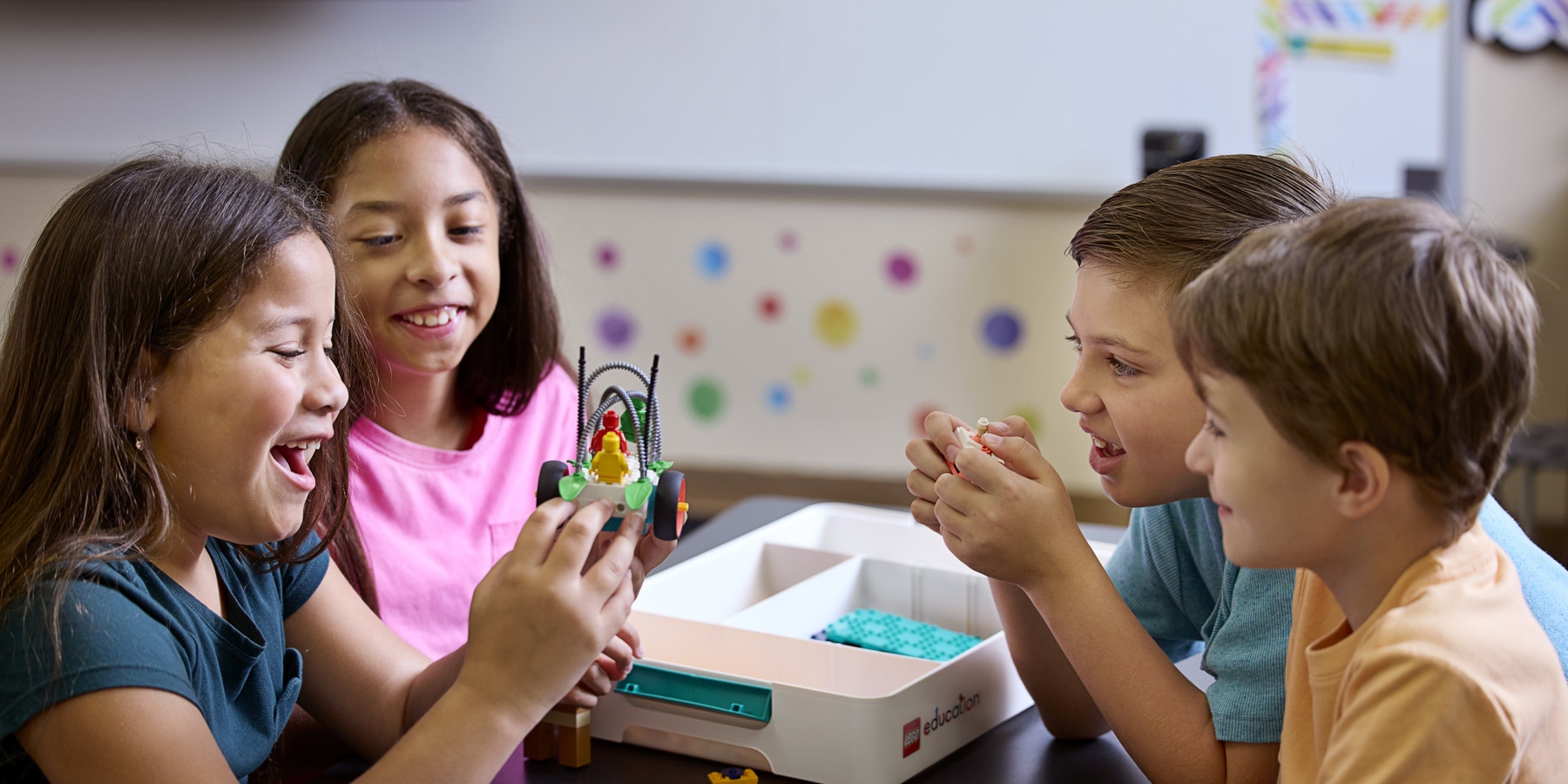
Q: What is LEGO® Education Science?
It started with a question: How can we make science even more relevant, engaging, creative and collaborative?
The result is LEGO® Education Science, a new way to drive engagement and learning outcomes in science lessons.
Let’s say we're teaching a lesson about reducing the impact of natural Earth processes on humans - like an earthquake. Now picture a Year 5 classroom with students working in groups of four to build an earthquake simulator, which features a model of a lemonade stand. When they start their simulator, they observe and discover that the cups fall from the stand. How can they rebuild or add to the lemonade stand or the cups to stay stable even during the shaking of an earthquake?
The students then share with their classmates, and we see that each group came up with a different design solution. One group created cupholders while another reinforced the stand. Students can relate these to real-life solutions that keep things in place (for example, benches attached to the ground). An optional prompt has students analyse and compare two of the solutions.
This lesson, called Lemonade Shake, is one example of the 120+ lessons included in LEGO Education Science to bring science phenomena to life for all students. Each lesson is designed to meet curriculum standards and facilitate hands-on learning, helping students build lasting knowledge and skills. Instead of memorising facts about Earth processes, they'll remember the engaging experience of building a lemonade stand and will understand the cause and effect of natural hazards through their own design solutions.
LEGO Education Science includes everything teachers need to successfully run a science lesson, including these curriculum-aligned science lessons and ready-to-use teaching materials. There are three kits available to best support curriculum standards and learning levels by age or year group. Each kit comes with durable and reusable LEGO® bricks, intuitive wireless hardware and building instructions to instantly engage students.
Teachers can easily access lessons, facilitation notes and class presentations through the online Teacher Portal.
"With LEGO® Education Science, teachers can confidently deliver engaging science lessons year after year that lead to meaningful learning outcomes for all students."
Andrew Sliwinski, Head of Product Experience for LEGO® Education
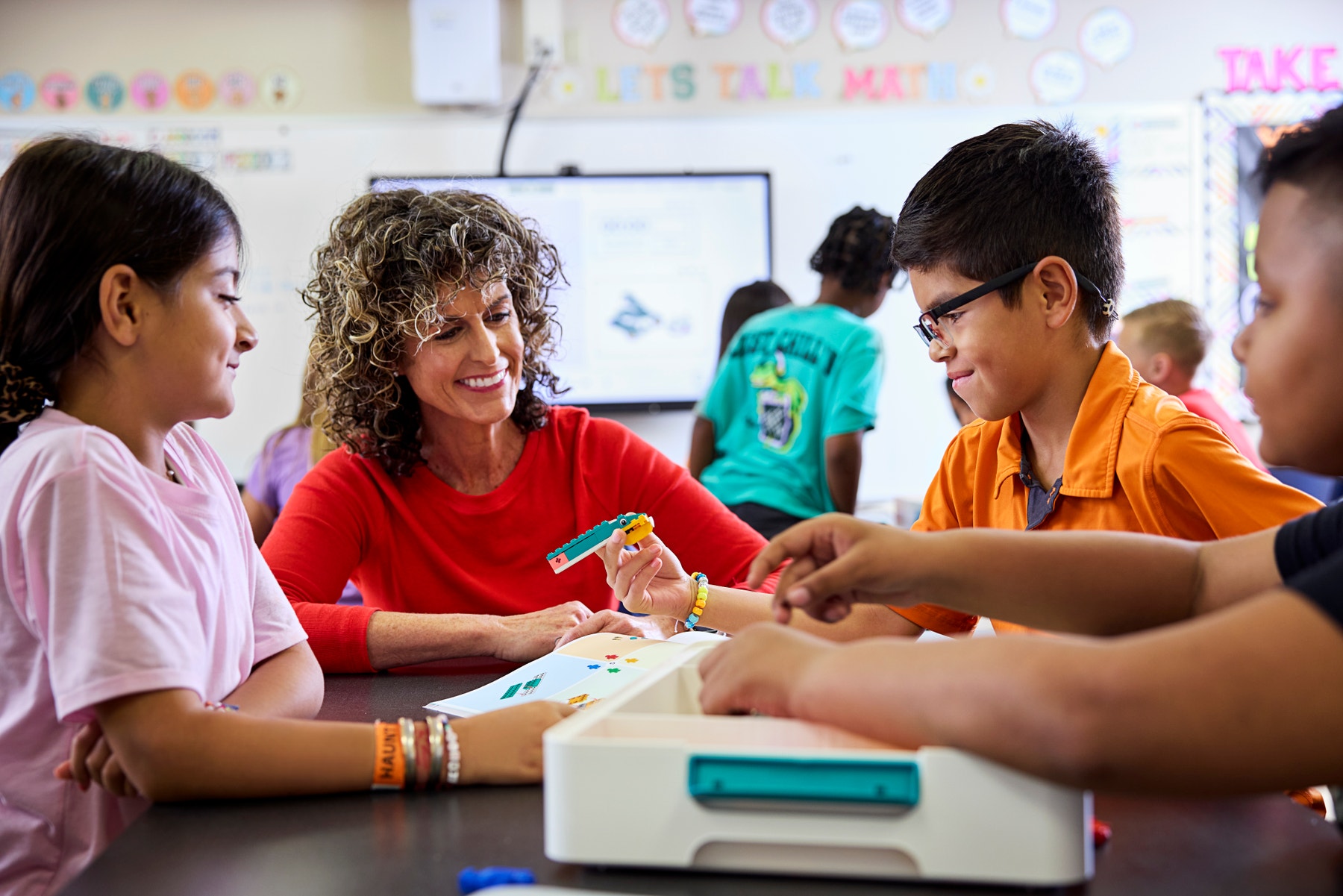
Q: How was it designed and tested?
LEGO® Education Science is our most researched and tested learning solution to date. From the start, it was important to do quantitative and qualitative testing to make sure we provide a learning experience that meets students where they are and allows teachers to leverage their expertise, drive meaningful outcomes and inspire deeper student engagement.
To design a better solution, we needed to understand what wasn’t working. We talked to teachers about the challenges they face when teaching science, and common themes came up across different countries and age groups. These insights shaped our efficacy framework, which guided our design process and held us accountable.
Over three years, we tested the solution around the world and at various stages with more than 3,000 students in over 100 classrooms. Based on these tests, we are confident LEGO Education Science is intuitive to implement, built to maximise lesson time, and enables students to reach 'aha' moments faster, so teachers feel inspired to use it again and again.
Q: What should educators expect when using it in the classroom?
Teaching with LEGO Education Science should feel intuitive, empowering and joyful. The classroom will be filled with students asking questions, working with their peers and being actively engaged in the material. Students will learn to see their world differently and use curiosity, collaboration and critical thinking to explore new things.
Teachers of any experience level can easily start and run a lesson with minimal preparation time needed. Each lesson is designed to fit into 30-45 minutes without sacrificing learning outcomes or hands-on engagement. Each kit supports up to four students for developmentally appropriate collaboration, and the lessons begin with smaller tasks and end with an open build.
To support busy educators, our classroom set is simple to maintain, store and reuse with stackable kits, durable LEGO® bricks and easy-to-charge components that are built to last. That means you can skip the recurring fees and constant restocking.
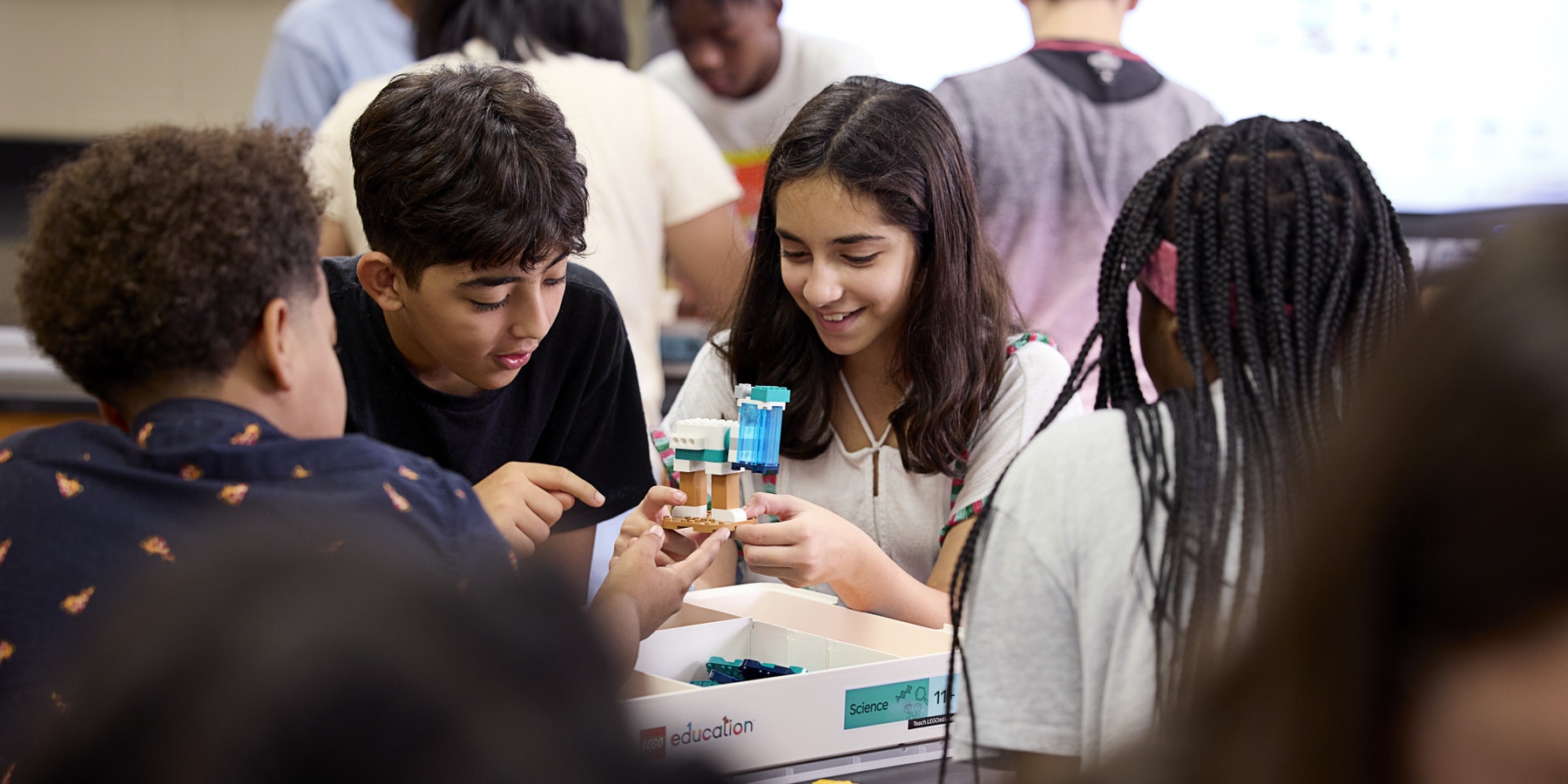
Engaged learning for every classroom
Thanks, Andrew, for sharing your insights into LEGO® Education Science. I'm really proud of the hard work, testing and dedication from our team to make science education meaningful and inclusive for both teachers and students.
We believe engaging learning should be the norm, not the exception. We are excited to bring LEGO Education Science to classrooms across the world because it allows all students to engage in science and find meaning in it, while also supporting teachers every step of the way with ready-to-go resources.
We're committed to sparking students' curiosity through engaging, hands-on experiences that connect learning to the real world. With LEGO Education Science, we can inspire generations of students to get excited about science instead of feeling intimidated by it. Together with educators we’ll prepare students with the skills they need to thrive, empowering them to always ask questions like “why” and “what if?”
About Victor
Victor Saeijs is the President of LEGO® Education. Victor oversees the global organisation to deliver on its mission to enable every student to succeed – in their education and in life. Under his leadership, LEGO Education brings playful learning solutions to more students and teachers in the classroom to future-proof students and develop skills like critical thinking, creativity, collaboration and problem-solving.

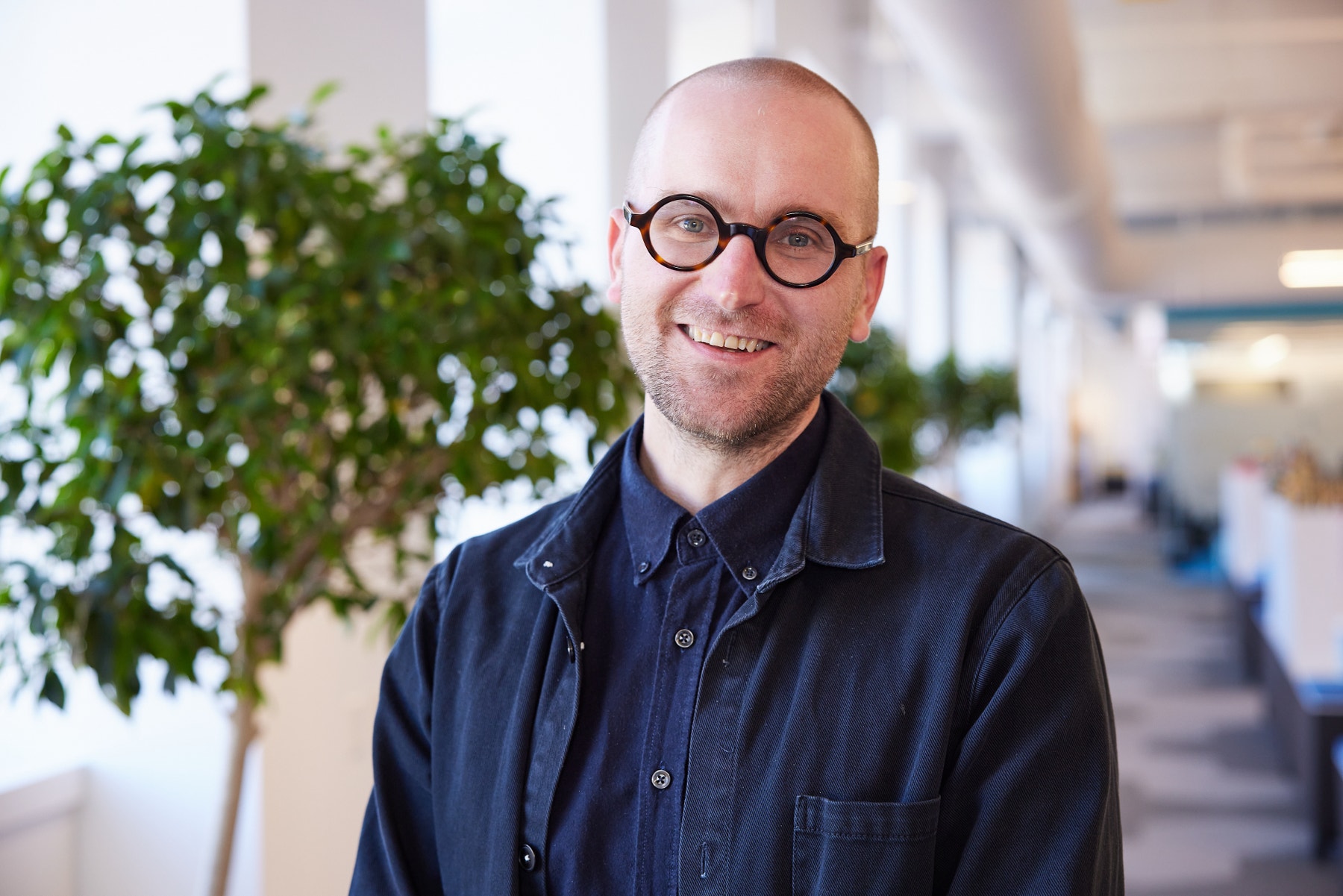
About Andrew
Andrew Sliwinski is the Head of Product Experience for LEGO® Education where he is responsible for the strategy, design, development, testing, launch and day-to-day management of LEGO Education solutions. His work as an educator, designer and engineer has been used by hundreds of millions of children around the world.
Andrew also serves on the Board of Trustees for the Raspberry Pi Foundation. Prior to joining the LEGO Group, Andrew served as the Co-Director of Scratch at the Massachusetts Institute of Technology (MIT). Andrew co-founded the learning community DIY.org and has worked closely with a wide range of educational organizations including The Aspen Institute, Google.org, Bill & Melinda Gates Foundation and the Knight Foundation.




